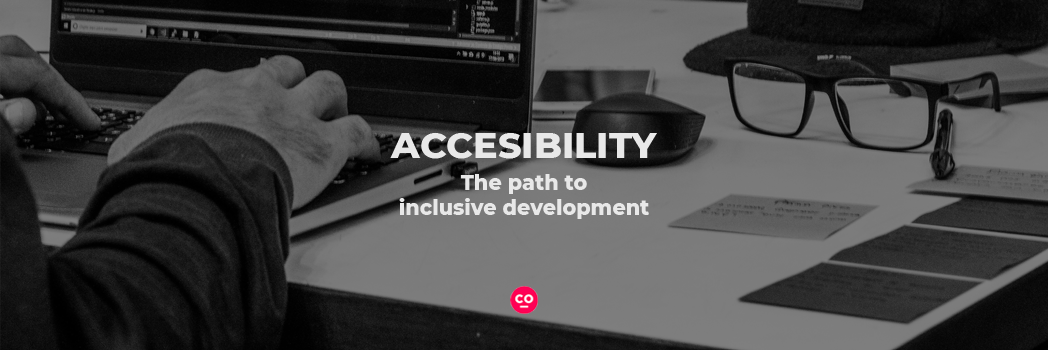By Silvana Molina, Bachelor in Communication & Service Delivery Manager at Coderio.
A matrix organization is a company structure where teams report to multiple leaders. The matrix design maintains open communication between teams and can help organizations create more innovative products and services.
Asana, 2023
Much has been written about leadership, ownership, and matrix organizational structures. The literature abounds, so these lines do not intend to be a theoretical paper on empowering teams, much less discuss the benefits of having a solid team with management capacity, resolution, and autonomy in decision-making.
All these points have a good reputation. What CEO or leader in their right mind would not prefer to dedicate their time and effort to what they do best, which is to generate value in their organization?
The Little Prince foresaw
Whenever I think about this topic, a popular book comes to mind. Everybody must know about it because it goes through all the moments of our lives, and with each new reading, more interpretations open up.
I mean nothing less than The Little Prince. In chapter 10, our cosmonaut arrives on a planet where a king lives alone with no government or people to deal with.
Despite this, the character utters a sensible phrase that applies to our times: “If I ordered a general to change himself into a sea bird, and if the general did not obey me, that would not be the fault of the general. It would be my fault.”

The Little Prince, Chapter 10
Overall, I think this phrase is clarifying because it allows us to analyze different types of authority in these times.
But, on this occasion, it seems to be an excellent metaphor to rethink what is expected of organizations as if they were completely autonomous entities and separated from the society in which we live.
The leadership we want vs. the one we inherited
In my professional career, I have had to be part, directly and indirectly, of large corporations in very different fields: telecommunications, entertainment, oil & gas, and tourism, among others, where I have had the opportunity to get involved in heterogeneous and multidisciplinary spaces, exercising the role of project leadership.
Throughout my 14 years as a Project Manager, I have participated in countless talks and debates about how to empower a working environment and teams in order to reach the expected level of ownership so that projects succeed. But this is not always something that is easy to achieve.
Sometimes it occurs because the people who made up the team did not have enough knowledge. But, in most cases, it was because those in charge of making decisions —directors or managers, for example— were not willing to cede control and share their ‘space of power.’
So as the king tells the little prince, if I ask a team within an organization to function as a matrix, but within the structure, other hierarchies command the operation of that micro-society, that organization might not operate according to the matrix criteria.
Who failed? The organization or the premise?
Searching for true horizontality
This text does not intend to reveal the crux of social organizations or enter into conflicts about the unquestionable nature of living in a democracy.
But I am convinced that for empowerment to occur, we must work from the very foundations of the social contract, where each one of the people who make up that interweaving commits to taking the reins of what we do and is open to listening to other voices as well as giving them space.
In short, we must get used to the possibility that anyone within an organization, regardless of their hierarchical position, should be able to voice their ideas and take action. And at the same time, each individual can perceive themselves as capable of having and exercising that power of definition.
As a Service Delivery Manager at Coderio, I believe we are at that turning point where change is possible. We are witnessing great transformational work, which is already taking place in many teams and frameworks from different sectors that promote autonomy and decision-making as entities capable of generating value.
Of course, there is still a long way to go in the evolution of this mindset in its full definition: ‘It is a set of beliefs, knowledge, attitudes, feelings, and emotions that we have in our minds and that determine our decisions in life.’ It is what those of us who come from the academic ranks of the social sciences know as the ‘worldview.’
We can complain and expect organizations to transform towards matrix models, or we can also, each from our place, be promoters of that change.
By Silvana Molina, Bachelor in Communication & Service Delivery Manager at Coderio.



